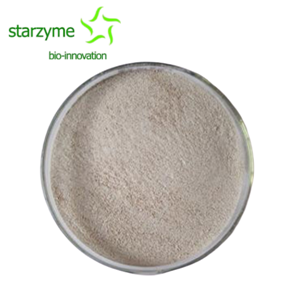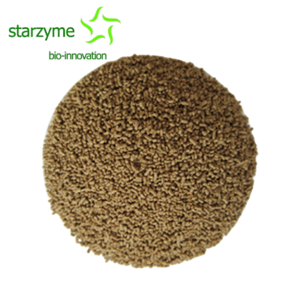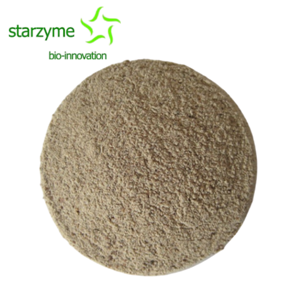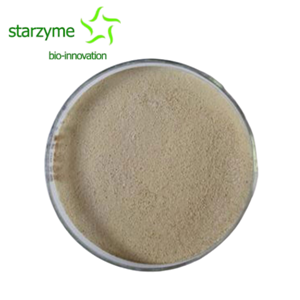Increasing The Digestive Efficiency of Local Raw Materials with Enzymes PART 1
Introduction
Global demand for animal protein is increasing. This is fueling a high demand for animal feed. Feed costs are also high due to a combination of high energy costs, competition between food and feed markets and issues with ingredient availability and supply. In this environment, pork producers (like other meat producers) are having to reconsider how to use available feed resources in the most efficient and effective way to maintain the cost-benefit of production. Alongside this, they are also having to consider sustainability indicators and make decisions about how to reduce emissions and waste whilst maintaining growth performance. These two factors of efficiency and sustainability are driving a growing interest in the use of alternatives to conventional raw materials in swine diets.
This article explores current thinking in this area and the science of how enzymes can be used to improve feed efficiency and sustainability in diets containing alternatives. What do we mean by alternatives? Alternatives refers to new sources of energy such as protein or other essential nutrients that can help to reduce the dependency on conventional grains and oil seeds.
They Include:
By-Products from the food industry (food waste, spent brewers' grains)
Algae (microalgae, spirulina and chlorella)
Insects (black soldier fly larvae and crickets)
Alternative oils (coconut oil, palm kernel oil)
Non-Conventional grains (barley 6C, corn gluten meal, wheat middlings, wheat hybrids)
An alternative may also simply be a local feed ingredient that is available in one market or region but not another. For example, locally available processed raw materials and co-products such as rapeseed meal, sunflower meal, wheat middlings and distillers' dried grains with solubles (DDGS).




